
In the River KATSURA --Vol.102--
A Column of Water
In the next year, 1987, I went to the River Katsura in March and April, earlier than May in the previous years, although I was obliged to halve fishing chances in the River Oshino. It was not only because Oshino had scarce sign of big fish but also because I was interested in how was growing up the peer group of the brown trout I had caught in the River Katsura in the previous year. What big monsters they are now! I was excited to imagine how I would fight with them.Fortunately the scenery of the river was not changed because no big typhoon hit the area in the previous fall. I particularly focused on the point of my brown trout in the previous year. But now there was no rise of brown trout. Scarce fish broke the surface at the edge of the opposite bank. I finally found one but turned out to be a rainbow trout. Brown trout was nowhere to be seen. I expected there had been many of them but actually only a small number? Anyway, I had seen none of them since then.

A big yamame trout in the River Katsura. Its volume rather than length surprises us.
Nevertheless, I found some fish making rises in the middle of ordinary current. It was easy to find them because they broke the surface in the middle of monotonous stream. It was also easy to make the fly drift there to catch them. Most of them were yamame trout. There were a large number of them this year. They were more than 30cm long in the end of March and grew to be 38cm in the end of April, which was the same size as those in the previous July end.
Yamame trout were growing up day by day. A large amount of sedges were being hatched just as the previous year. A record catch of yamame trout is not a dream this year! I changed my target from brown trout to big yamame trout.

The body shape looked like an amago trout but there was no red spot.
However, the situation dramatically changed after early May in the same way as the previous year. Some fish repeated rises but ignored the fly. Some stopped powerful rises just after I cast the fly once. Some were bold enough to make rises again after I left there to change the spot. It looked as if those fish had made fun of anglers. I thought that those things happened firstly because of the increase of anglers.
A large influx of anglers are said to make fish clever and sly. When most of anglers used the dry fly in the old days, there was no influence on wet fly fishermen including me. But these days, almost all anglers in the River Katsura especially aiming at big fish after May used the wet fly. Finally anglers affected fish. The second reason that fish ignored the fly was so early low water caused by a small amount of rainfall this year. We could enjoy mild weather and rich bait but gentle stream made fly drift badly, which made the fish ignore the fly earlier.
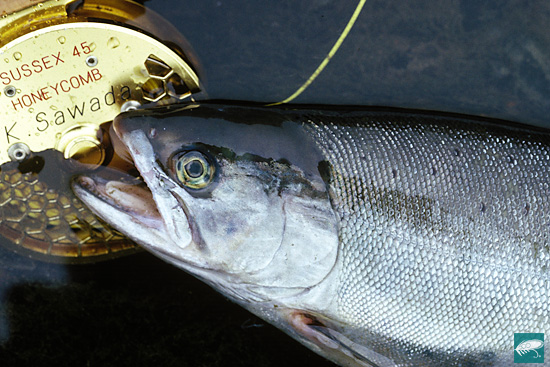
A silvery yamame trout without parr mark.
The Rainy Season
A month passed without good catch. More and more anglers gave up and only a small number of them fished evening rise. In the beginning of June when the rainy season started, welcome rain fell. It rained a little bit too much but nothing was more desirable to change the situations. I went to Kawamo two days later. The river was flowing much richer than a week before. The tiny points disappeared but a new long current was made in front of the descending spot. I wanted to go upstream to check the points as usual but only a glance on the embankment told me that it was too dangerous to cross the river.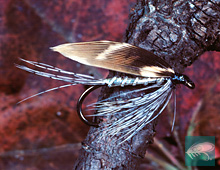
Silver March Brown I mainly used from autumn.
I looked around high water carefully to check how much the stream was changed, where to pay attention or how large area to fish that day. Look! There was a big column of water in the middle of the stream down the long current in front. It was so far away from me that I could not hear the sound but it looked as if a big stone had been thrown into the water. I had never seen such a big splash in the mainstream of the River Katsura. The splash maker must be a big fish I have never met since I fished the main stream of this river! Immediately I believed so firmly.
Hmm, an angler is just beside the column of water! From far away, I found how he was surprised. Immediately he swung the fly rod. I remembered seeing the same splash in Oshino several times. Those fish broke the surface as if they had proudly showed off themselves. All rises happened much earlier than usual rise time. All of those fish broke the surface only once, too. They never responded to the fly which expecting anglers cast at that spot. They never broke the surface again even when anglers waited for evening rises. They had an area around to themselves and exiled the other fish. That was why there was no catch of the other fish around there.
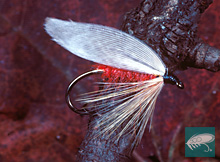
Yellow Dun I used at the upper reaches of Tsuru for some period.
Well, I knew that it was not an ordinary fish that made the column of water just now. I wanted to catch it by all means. I tried to stand up to it, remembering my--even a few--- successful experiences in Oshino.
It was high water. The river was 150% as wide as that before rain. But the river was flowing monotonously at the fish place. I should use a fly not so large and make it drift in a perfect way. I wanted to slow the speed of fly swinging and send it as a hanging fly as well as possible, which meant I should stand a little bit farther upstream and cast the line farther away than usual. I put 2 of size 6 flies to the leader and chose #7 line, which I thought more reliable than #6.
I picked up Aberdeen of 9ft. 6in., produced in 1985, and put Honeycomb reel to it, which was produced in 1986. I put 9ft. 2X leader to WF-7-F line end. I chose Peacock Queen as a lead fly, considering high water and a small amount of flying sedge. Alexandra was chosen as a dropper.
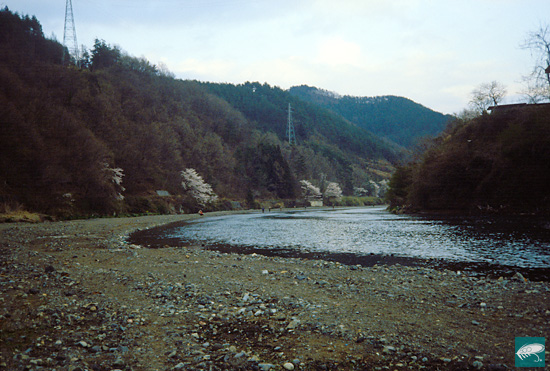
The barrier of Kawamo in spring. Dredging work often changed the river scenery dramatically.
Preparing myself, I walked down to the bank. The fish will have dinner soon! I had to wait. In addition, the angler who had seen the column of water still swung the rod earnestly. I knew that the fish would never bite his fly but I had to wait for him to give up. I walked upstream as far as possible and started making the fly drift very carefully. Then I fished down slowly, checking how fast my fly would cross the stream, how well I would be able to perform the hanging–fly method when I cast the fly near to the opposite bank or where I would lead the big fish if I hooked it.
I caught 2 rainbow trout of 30cm at the head of the current. Somehow, they were whitish, different from usual ones. It meant that high water after a long time replaced the fish with new ones. Nearly one hour had passed since I saw the column of water and it was getting dark. I saw someone moving on the bank downstream. That angler was walking to the descending spot. Well, it’s my turn! No other angler around. I fished down the fast current more slowly.
-- To be continued --
- NET SHOP INFORMATION
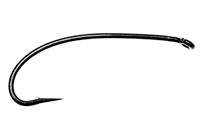
SL6 Black Spey Hooks
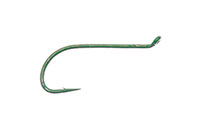
DU3 Limerick Spinner Hooks
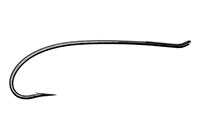
SL4 Single Bartleet Hooks
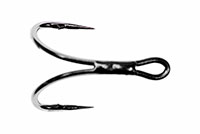
XD1 Tube Fly Double Hooks
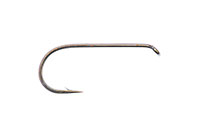
DD2 Flat Perfect Hooks
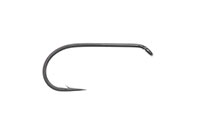
DD1 Black Terrestrial Hooks
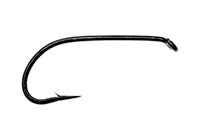
TD4 Old Limerick Wet Hooks
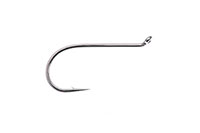
DU1 Silver May Hooks
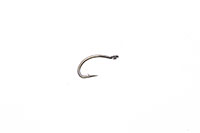
MU1 Flat Midge Hooks
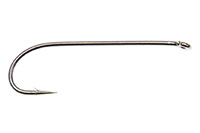
LD3 Long Limerick Hooks
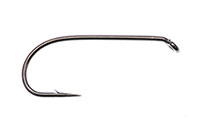
TD2 Summer Sproat Hooks
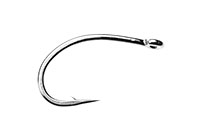
XS1 Tube Single Silver Hooks
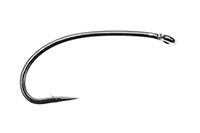
TD6 Siver Sedge Hooks

SL5 Black Spey Hooks

DU3 Limerick Spinner Hooks
- TROPHY CLUB
- FLY SHOW
- EXHIBITION
- MASTERS`
- FLY DRESSING CONTEST Archives
- TRAVELLER Archives
- TACKLE IMPRESSIONS Archives
- ANGLERS` PHOTO GALLERY Archives
- ----------------------------------------------
- トロフィークラブ
- フライショー
- エキシビション
- マスターズ
- フライドレッシング・コンテスト・アーカイヴ
- トラヴェラー・アーカイヴ
- タックル・インプレッション・アーカイヴ
- アングラーズ・フォトギャラリー・アーカイヴ
株式会社サワダ 185-0021 東京都国分寺市南町3-13-4
SAWADA'S INC. 3-13-4 Minamicho, Kokubunji, Tokyo 185-0021, Japan
写真・ドキュメントの無断転載を禁じます。
All the images and documents found on this site are owned by Ken Sawada and may not be used without permission.
But, link to this site is FREE.
Copyright © 2000 - 2024 SAWADA'S INC.. All rights reserved.
SAWADA'S INC. 3-13-4 Minamicho, Kokubunji, Tokyo 185-0021, Japan
写真・ドキュメントの無断転載を禁じます。
All the images and documents found on this site are owned by Ken Sawada and may not be used without permission.
But, link to this site is FREE.
Copyright © 2000 - 2024 SAWADA'S INC.. All rights reserved.
